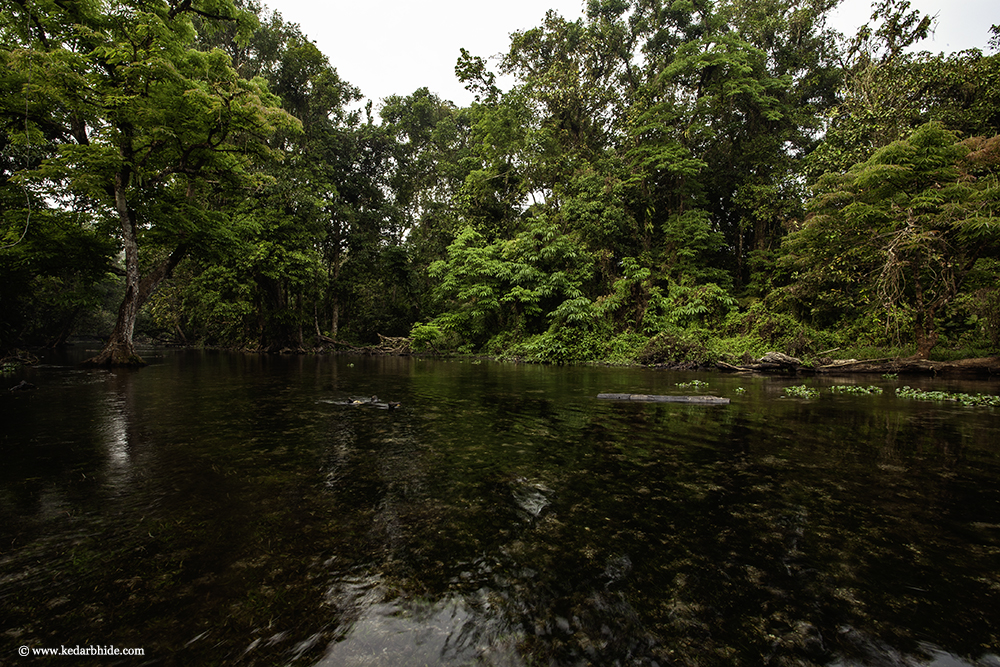
Reaching the sky with courage and pride
As the roots hold it strong and wide
Dancing to the wind with style and grace
As the roots are always there to embrace
I was on a small pathway inside a beautiful forest which was a little confusing to describe as I had crossed a patch of grassland and then into a riverine forest and later I was resting under the shadow of a huge buttress in a wet evergreen forest. The above lines were jotted in my field book while I was sitting there looking at the kaleidoscope of the late morning light through those high canopies.

I was in the forest of ‘Ultapani’, it literally means ‘Reverse Waters’. Rivers are souls of the forest; the sustainability and diversity of flora and fauna depends on their waters. Most of the rivers on Northern bank of Brahmaputra travel from East to West but at Ultapani, the forest looks surprised as the water flows from West to East, through its roots and soil, hence the name ‘Ultapani’. Designated as a Reserve Forest, and closer to the border of Bhutan, this place has seen the worst of insurgencies and the best of biodiversity in the last two decades. I had travelled from Guwahati to Bongaigoan and then to Kokrajhar and Bishmuri road to reach Ultapani Bazar. As a biodiversity hotspot, it’s a very unique mix of evergreen and moist deciduous forest. It is a heaven for butterflies and other insects. While moving around here, it would not be unusual to find yourself in a cloud of flying colours as you unknowingly walked into hundreds of mud puddling butterflies on the pathways.

This place is a part of the Western Manas landscape between Ultapani on the Indian side and Sarbhang (Sarpang) in Bhutan. The population is also mixed, like its forest. You will find Bodos, Nepalis and Assamese all living together here. Administratively, this area is under BTC (Bodoland Territorial Council). In the early part of 20th century there used to be an immigration post here at Ultapani for travellers between India & Bhutan, though I don’t think it is functional anymore.
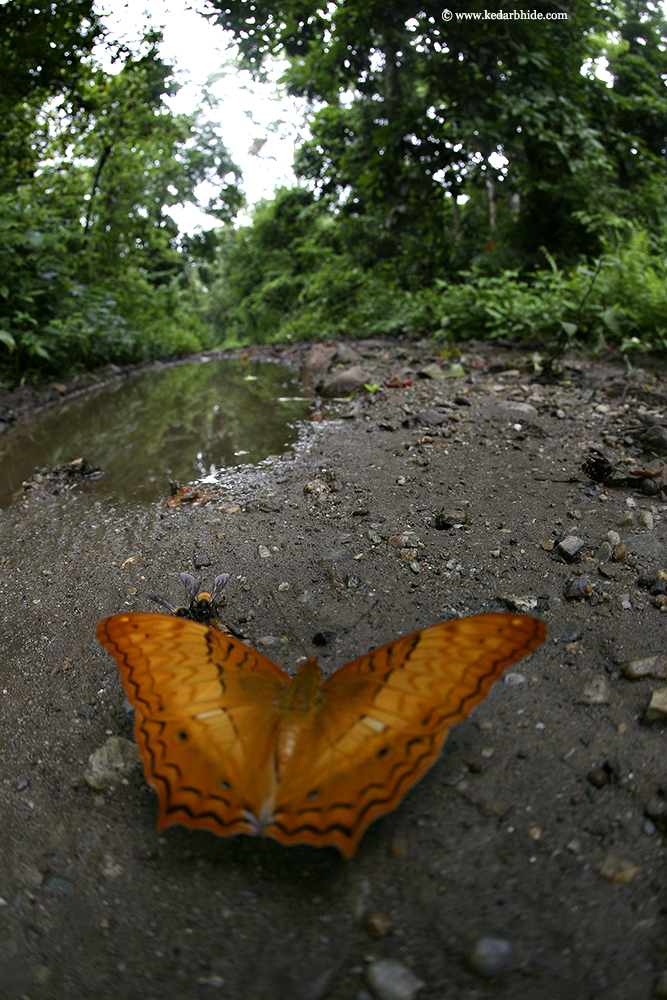
In early 2005, N.K.Dey who was handling CSR division of (BRPL) Boingaigoan Refinery & Petrochemicals Limited, initiated the environmental and conservation work at Ultapani village. They worked with local villagers and created a trained team of naturalists, I remember walking in those jungles with Bono & Sumitra, part of those early groups. Then, the aim was to create awareness within local population about biodiversity and conservation. These earlier works helped put a stop to a lot of hunting practices in these villages. One of the best examples was Raja, a Wreathed Hornbill, which was found injured in the forest at a very young age and Ultapani villagers took good care of him. In 2006 when I first met him, sitting on the bridge before the village, he was the star of the village and could be seen at the village bazar, roaming with an attitude of a boss and playing with Bono’s shoelaces. I last met him in 2009 on the same bridge, I do not know what happened to him after 2009. Need to go back and find about it from the villagers.
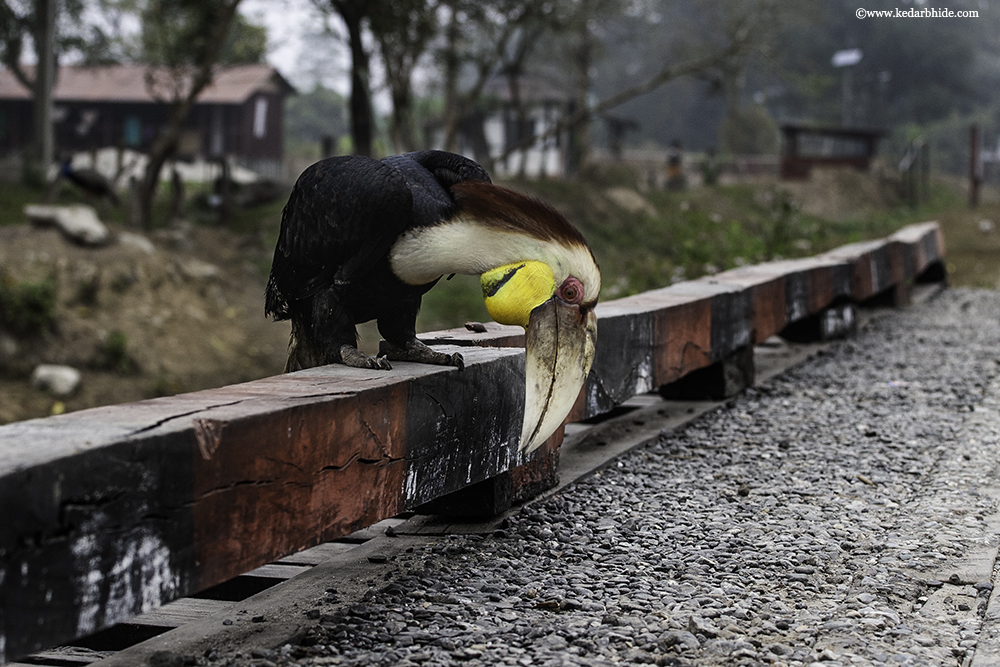
Ultapani was also revered as a Holy site within the local Bodos and Bhutanese population. Bodos called these jungles a “Gonghar Lam”, Gonghar means monk and Lam means road, so ‘the place where the Monk took the road’. The story, as told by people of Ultapani, is like this; when the King of Bumthang was not well, his people went to Guru Rimpoche (Padmasambhava) to request him to come to Bumthang. Guru Padmasambhava asked them to return with a few of his disciples and told them he will follow later. When this joint team arrived at the foothills of the mountain trail towards Bumthang, they found Guru Padmasambhava meditating on a floating Sal leaf. The signs of this history can be still seen with the remains of an old road hidden deep in the forests of Ultapani.

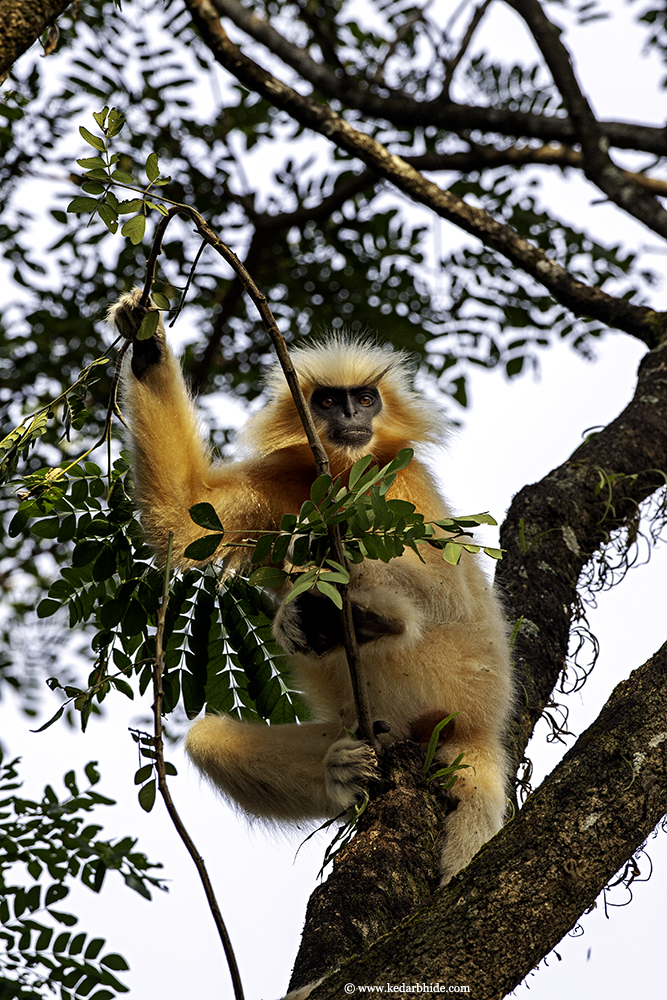
From 2006 to 2010, I visited Ultapani multiple times. Any work at Guwahati used to be clubbed together with a visit to Ultapani. This place has magic to it. A group of Golden Langurs had made a patch of the forest, between Ultapani and Sarbhang in Bhutan, as their home. I had a dreamy sequence of photographing Golden Langurs in a river stream eating aquatic plants. Though later that dreamy sequence turned to be little shaken due to some issues with my lens and I quite lost an amazing chance of documenting natural history in its full glory. Golden Langurs or Gee’s Golden Langurs are one of the most endangered primate species of India.

They are found only in Western Assam and the Black mountains of Bhutan. I had spent a one full day following this group of 17 individuals from 6:00 in the morning till 5:00 in the evening with an alpha male, 4 young males, 8 females & 4 young ones. Throughout this day, I had learnt a few secrets like how they cross a village without being seen, through a small natural tunnel covered by vegetation or how they loved being in water and search for aquatic plants to eat and for the night they’d retired after crossing the border, towards Bhutanese side, may be feeling more safer there.
Large groups of Wreathed Hornbills and Great Pied Hornbills could be seen flying back in evening to their roosting place behind Ultapani Bazar. I remember counting 56 Great Pied Hornbills on a single tree here in 2009. Bono also told me that Raja, the Wreathed Hornbill rescued by the villagers, sometimes joined these roosting parties and returned back the next day, once even after 3 nights.
Two reptile sightings from Ultapani had etched on my minds forever, one of a King Cobra drinking water from the puddle on a paved road and the other was a skink swimming under water at Gonghar Lam, a riverine forest. I think it was a semi aquatic skink from genus Tropidophorous.
Unfortunately, I couldn’t photograph both, the King Cobra was far away and skink was 2 feet under water. Sightings of Tigers & Elephants were regularly reported by villagers. During all my stays there, I couldn’t see one, but saw their scats and dung on many pathways in Gonghar Lam forest.


When you are inside an amazing forest, the scale and diversity makes you occasionally lost, while travelling deep inside Gonghar Lam area in Ultapani, my sign posts used to be different Orchids. “I took a left from that beautiful Pink coloured Orchid”, “spotted and photographed that Crab spider just a little further from a Small Yellow coloured bunch of Orchids hanging like a wedding decoration” and the best was, “I had a fall in a ditch while photographing that odd White coloured Orchid”. Orchids so rightly represent love, opulence, beauty & strength. At Ultapani, its diversity gives the place a very beautiful charisma so as to make you return again and again.



But truly what makes Ultapani so special is its butterflies. They are the heartbeats of Ultapani. In many cultures, butterflies are symbols of spirits and souls. They also represent resurrection, change, hope, endurance & life. At Ultapani, I had fallen in love with them, they taught me how to meditate sitting around forest floor, they were there when I pondered which turn to take, they were also there when I was listening to those Hill Mynas. As you start early morning, you see them sitting on the grasses and shrubs alongside the path with dew laden wings. As the sun starts coming up, they get active with the warmth of the sunlight and then its celebration all around. They even celebrate with all the droppings of the wildlings from the jungle or the dead body of a frog or a crab on the roadside. They truly prove that nothing is waste in nature, you can get the best of resources from the worst of life moments. Any wet patch of soil at Ultapani, you’d see them congregate for mudpuddling, through mudpuddling they get the required salts for their life.
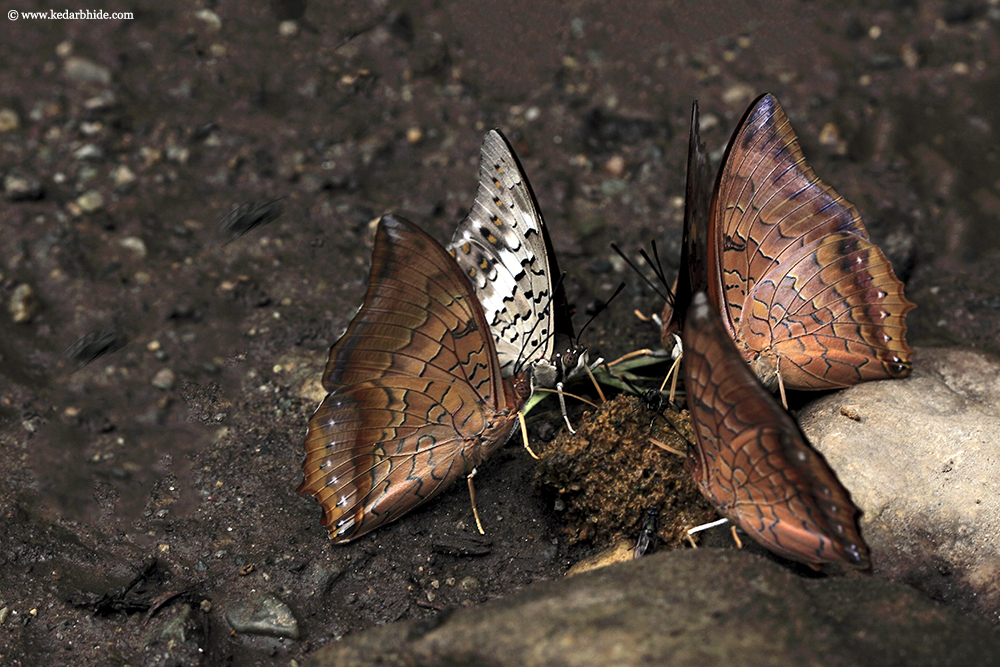
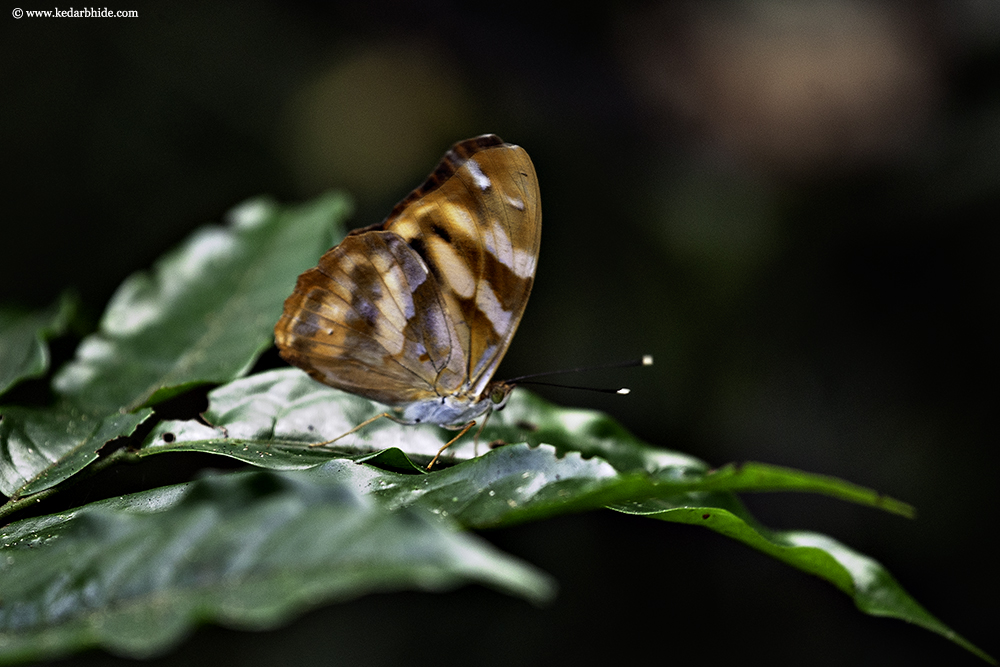

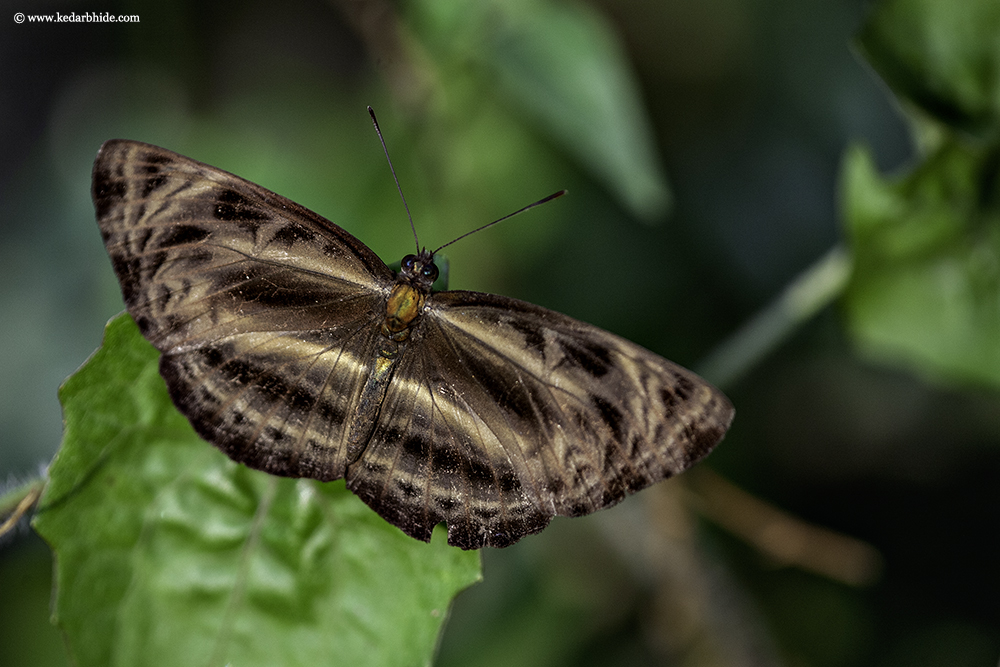
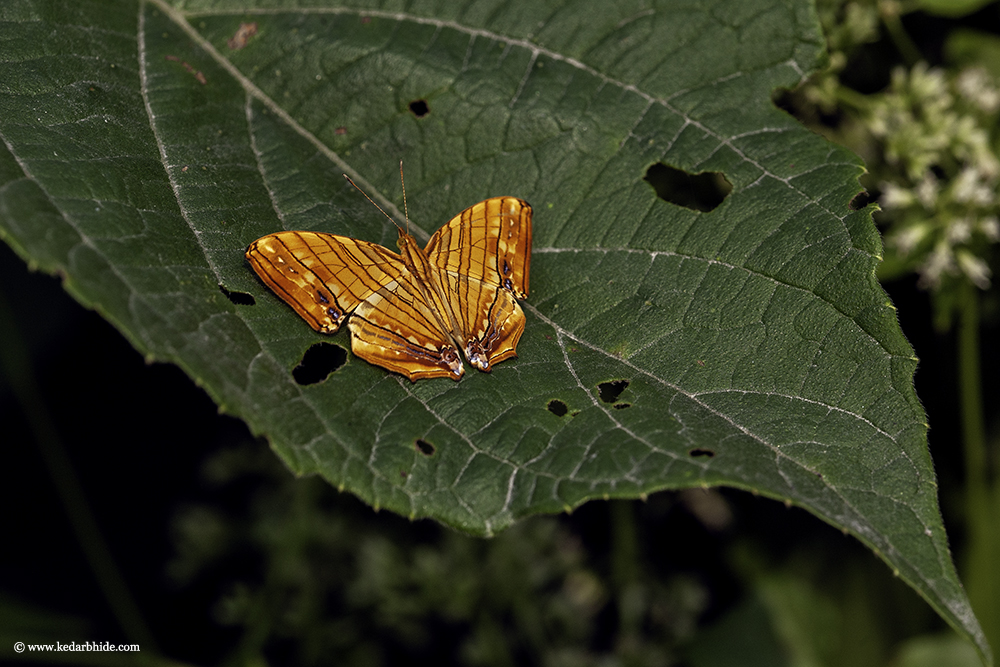
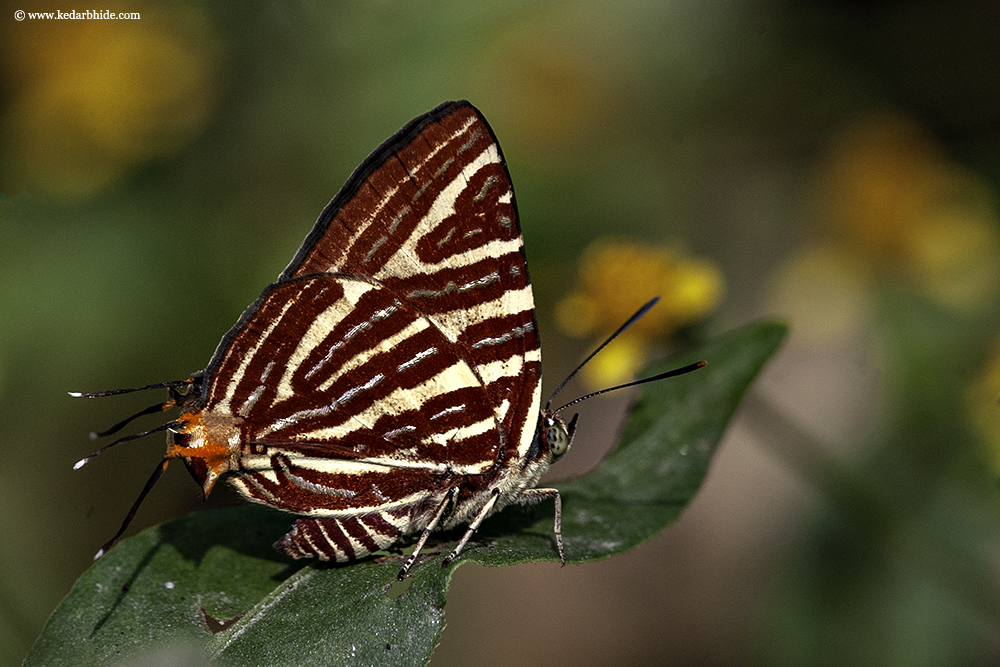
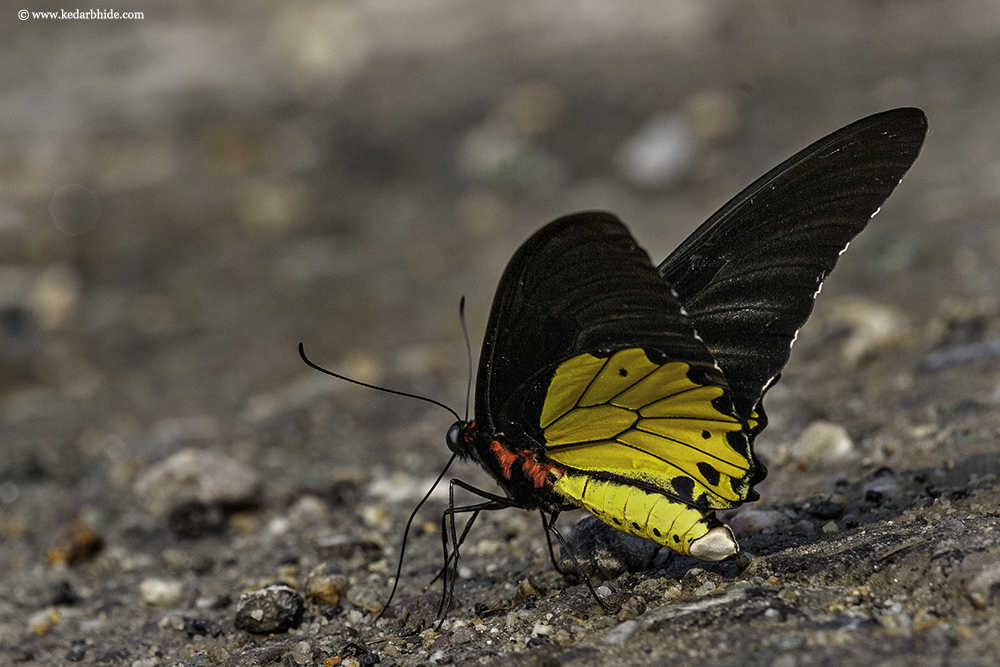
Nights at Ultapani revealed an amazing world of spiders, grasshoppers, stick insects and moths. Though I couldn’t do too many night trails, as advised by my village hosts due to elephants presence, I walked on the main road from the village to the Bhutan border few times.
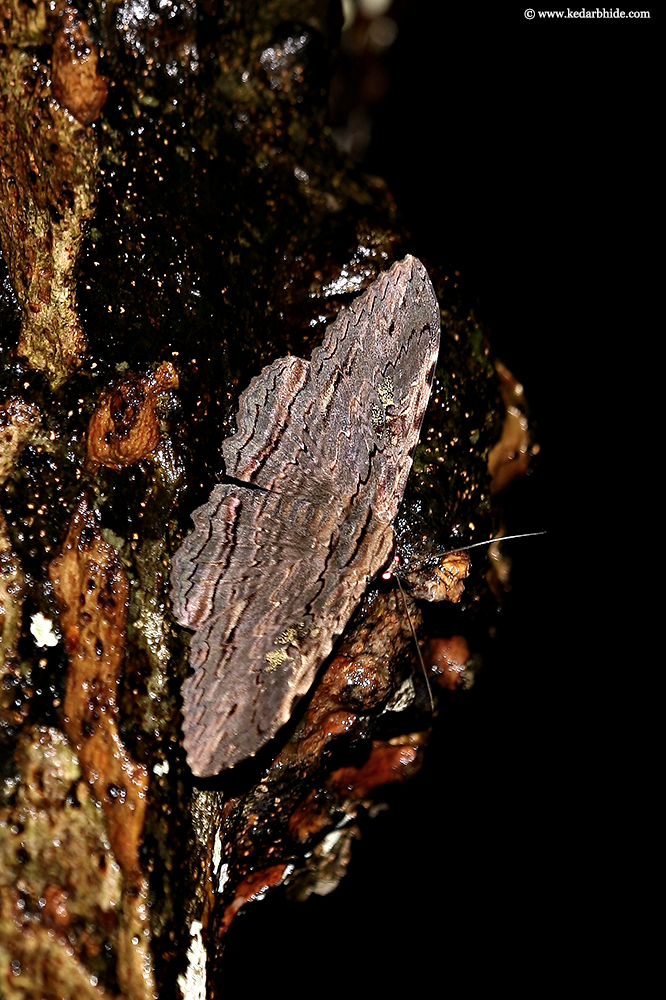

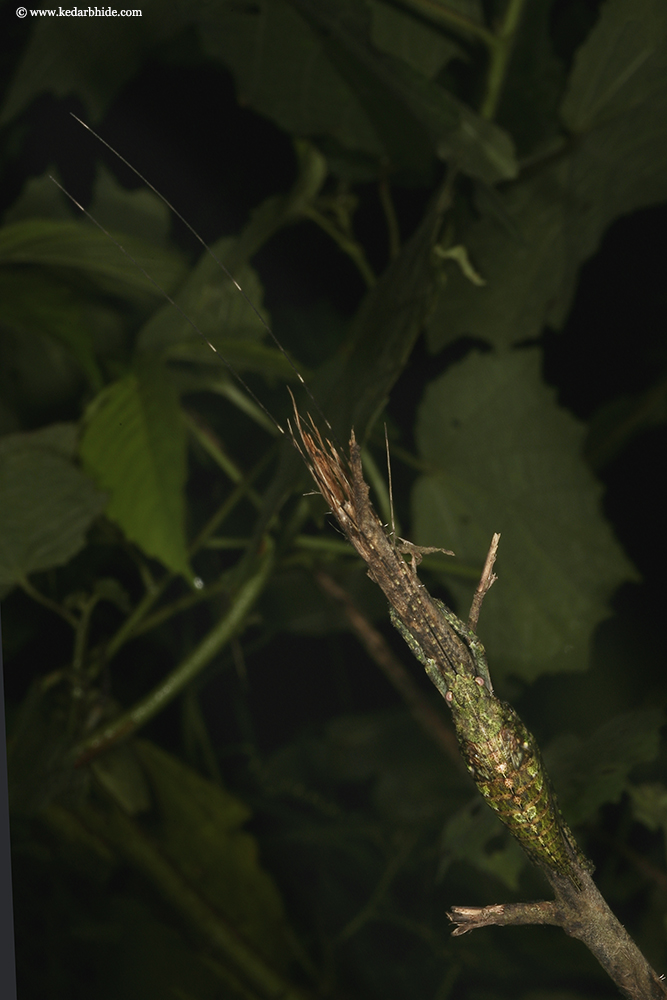
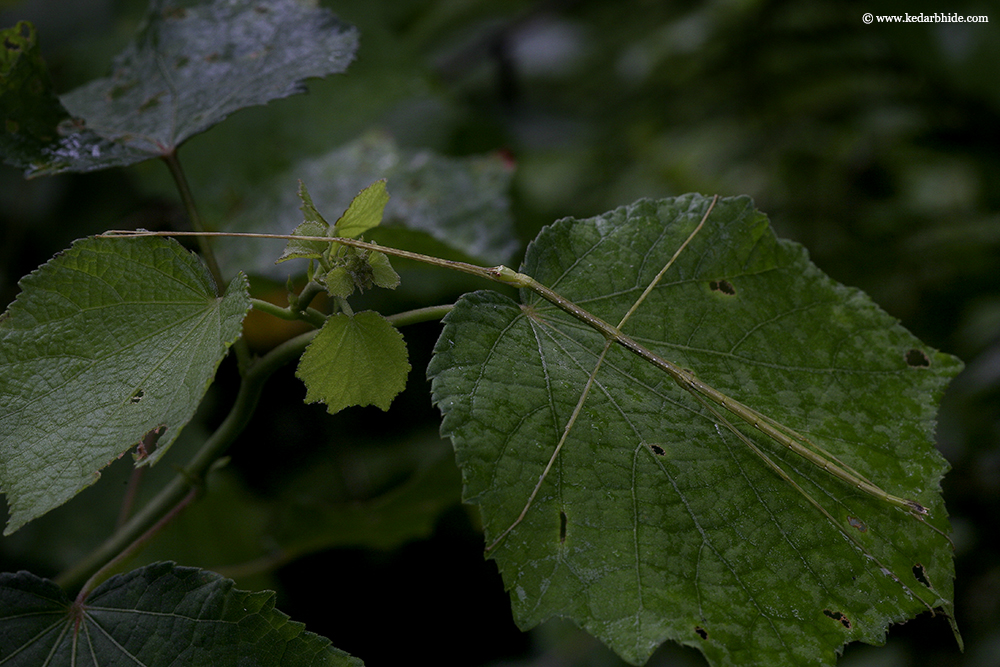
I am more observant in nature than being studious for a particular group, I keep looking for linkages and connections among flora and fauna. I think at Ultapani everything is bound together by butterflies. If butterflies are lost from Ultapani, then it will turn into a tragedy. Last some years, the anthropological pressures and local development demands have been catastrophic to Ultapani. In recent years again, villagers have started working on conservation plan through eco-tourism.
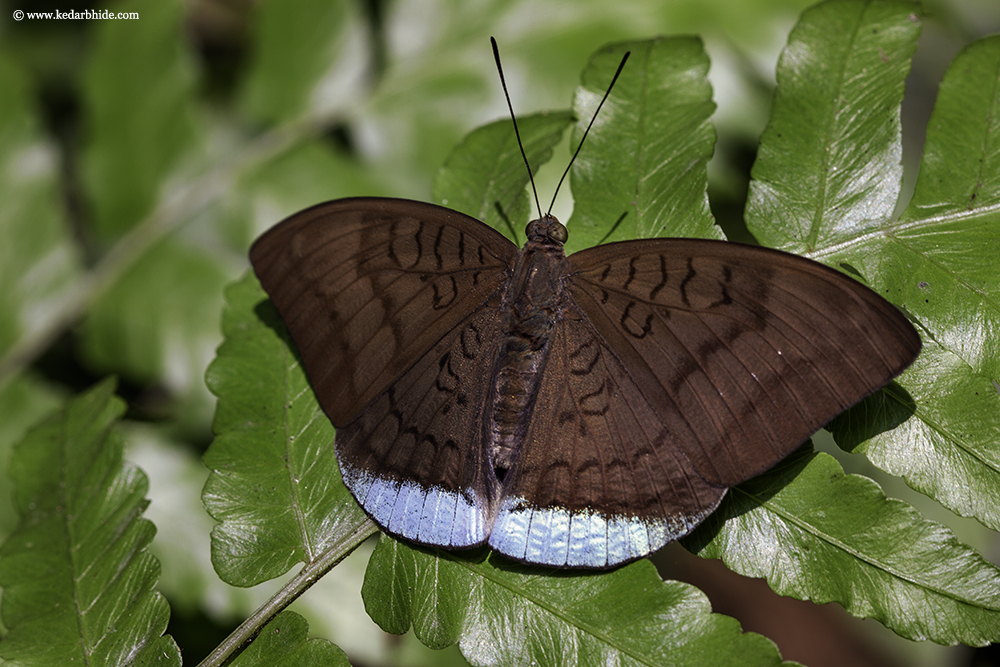

From 2005 to 2012, Ultapani was one of the hotspots for butterflying in Northeast. Raj Basu and Asit Biswas of Help Tourism supported the development of the community tourism at Ultapani after their successful ‘Terrorism to tourism’ model at Mauji Gendri, Eastern Manas. They helped in setting up home stays and promoting Ultapani in the tourism circuit. As the tourism model progressed, the law enforcement presence was reduced in these areas, but with proximity to Bhutan border and reduction in forces, insurgency groups forced their footprints back into these areas. With safety concerns for tourists, conservation and tourism model faced challenging situations for 5-6 years, till the community tourism was revived back in 2018. If you want to travel to Ultapani to support local community and help conservation get in touch with http://www.helptourism.com/

I will be surely going this year to my Nirvana retreat, may be Guru Padmasambhava will guide me for the betterment of my life as he has guided many!!

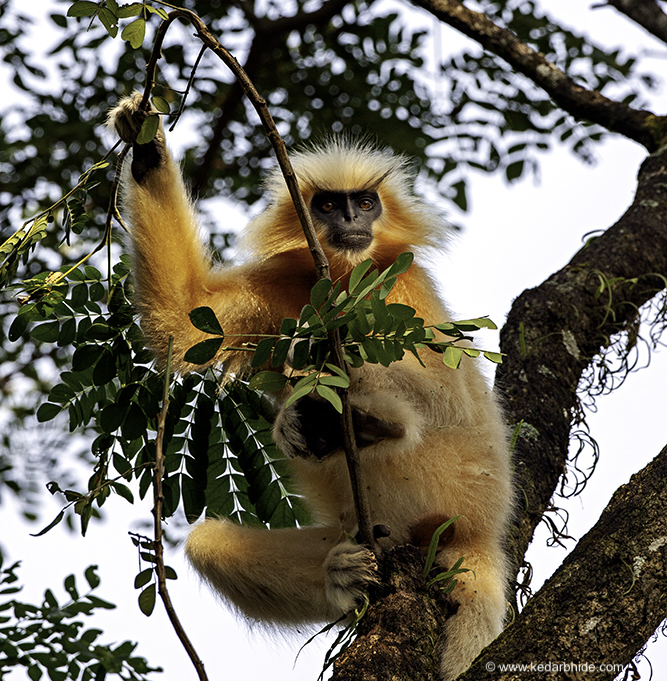
Just wow